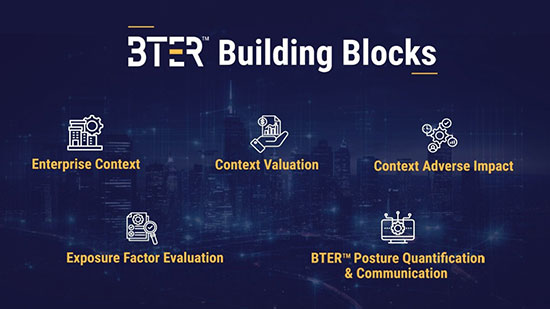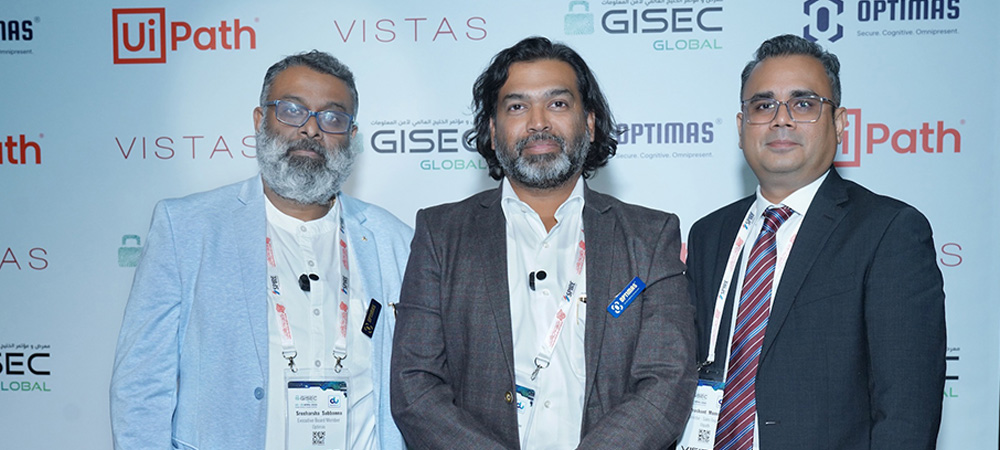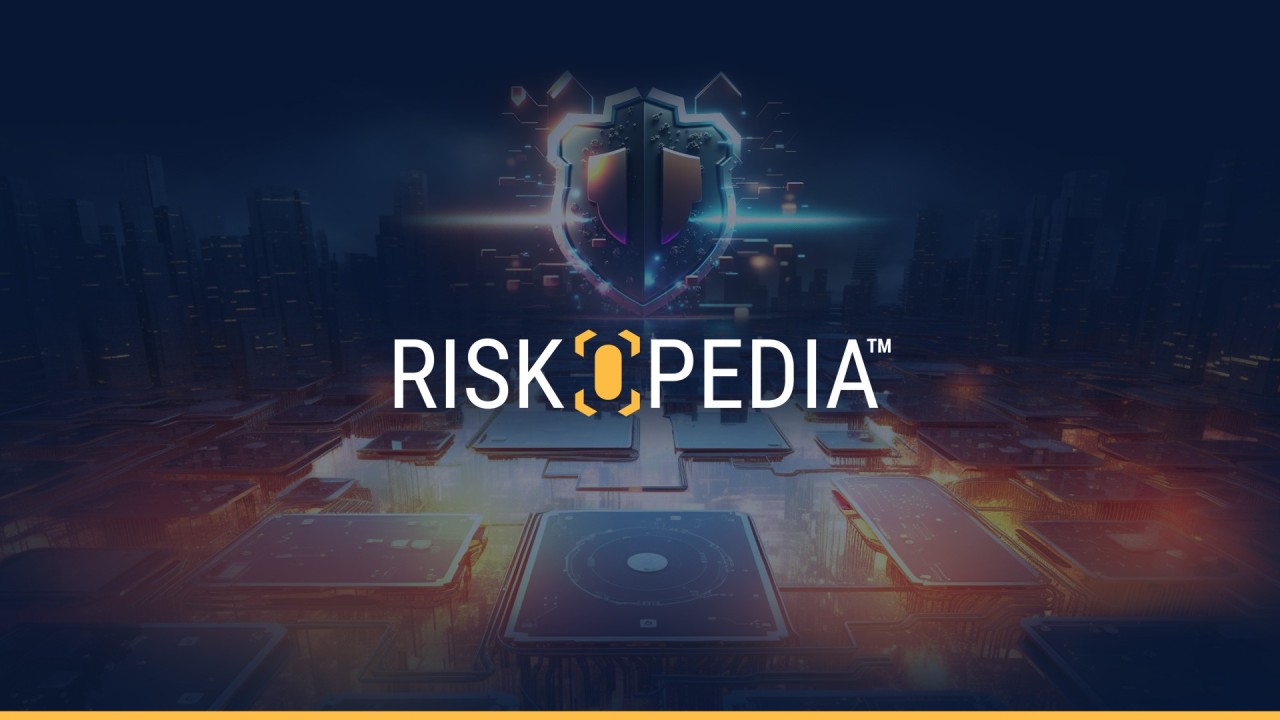A Framework for Resilience Management in a Complex World

October 14, 2024
As we celebrate Cybersecurity Awareness Month, it's crucial to reflect on how organizations can protect themselves against the rising tide of cyber threats. This month emphasizes the importance of proactive and comprehensive cybersecurity measures, and the Business Technology Exposure and Resilience™ (BTER) framework helps identify risks and build resilience into the very fabric of business operations, providing a strategic approach to modern cybersecurity.
Why is BTER™ Needed?
In today's interconnected business environment, simply managing risks is no longer enough. Organizations need a strategic framework to identify, predict, and navigate risks before they materialize. BTER™ provides that structure by offering a proactive approach to not only manage risks but also to strengthen the overall security posture, ensuring business continuity.
What is BTER™?
BTER™stands for Business Technology Exposure and Resilience™, a forward-thinking framework designed to pre-empt, manage, and mitigate the risks associated with technology across various levels of business operations. This framework represents a strategic evolution in how organizations approach cybersecurity, risk management, and compliance, aligning these critical elements with broader business objectives to ensure operational continuity in an increasingly complex landscape.
How Does BTER™ Work?
BTER™ operates by integrating the enterprise-wide context, assessing both internal risks and external factors that may impact the business. It provides a comprehensive view of technology exposure, identifying how internal vulnerabilities interact with external threats. BTER™> continuously evaluates risk exposure, quantifies it, and simulates potential impacts, enabling organizations to pre-emptively navigate risks while ensuring operational continuity.
Who is BTER™ for?
BTER™ is ideal for organizations of all sizes and across multiple industries that rely on technology for their daily operations. It benefits sectors that handle sensitive data, operate in heavily regulated environments, or manage complex digital infrastructures, such as Telecom, Healthcare, Banking and Financial Services, Energy & Utilities, and Critical National Infrastructure (CNI).




